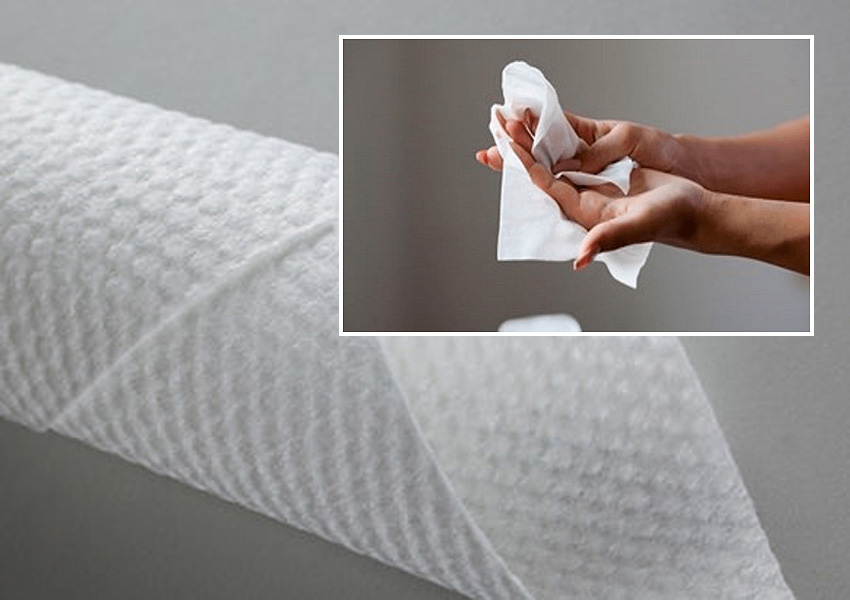Publications
Last
Advertisement
Partners


Meltblown lines: What happens after the "mask" boom?

At the beginning of the Covid-19 pandemic, many manufacturers increased their capacity to produce meltblown nonwovens for medical use, which were extremely necessary at that time. Currently, demand has fallen sharply, and manufacturers of nonwovens for medical use and personal protective equipment are facing a situation where peak demand turns into excess capacity.
At the beginning of the Covid-19 pandemic, the supply chain of protective masks and medical protective clothing from Asia stopped. As a result, it was impossible to provide the required amount of nonwoven fabric of guaranteed quality in the EU and the Americas. Masks to protect against infection are suddenly in short supply in Europe. Masks themselves, materials for their manufacture and other personal protective equipment were sold at record prices, and the governments of many countries subsidized the creation of local production facilities.
Only two years later the situation changed dramatically. Demand collapsed, and Asian manufacturers flooded the market with goods at dumping prices. As a result, there is an excess of production capacity on the world market, and prices for relevant materials and products are falling sharply. Manufacturers who continue to deal exclusively with masks incur fabulous losses. However, meltblown nonwoven fabric manufacturers who are stuck in this situation are thinking about alternative applications of the material and about модернизации their lines.
Three scenarios for meltblown producers
1 - Stay within the boundaries of the market, but change the scope of the material
Meltblown nonwovens consist of very thin fibers, thanks to which the fabric filters out the smallest particles very effectively. This property is ideal not only for masks, but also for other applications:- air filters for clean rooms;
- car filters;
- filters for liquids;
- filters and bags for vacuum cleaners.
2 - Switch to other markets without changing existing configurations of production lines
The transition to other markets may also be related. for example, using other raw materials or changing the parameters of the technological process. The range of possible products ranges from high-quality filters to simple liquid absorbents or sound insulation.
3 - Switch to other markets with appropriate modification of existing production lines
Modification of the production line may be required to switch to another target market. For example, if the target non-woven product is a napkin, one of the necessary improvements is an additional hydrophilic coating spraying system that significantly improves the moisture absorption properties of the material.
|
Polymer |
Target product |
Possible modification of the line |
|
PP |
Bags and filters for vacuum cleaners |
|
|
PP |
Air filters (HEPA, HVAC, automotive) |
Hydroelectric charging, another tip of the die (thinner capillaries) |
|
PP |
Absorption (liquids, chemicals and oils) and sound insulation |
Another tip of the die (multi-row configuration of capillaries) |
|
PP |
Wipes (cleaning, abrasive) |
Hydrophilic additive spraying system; unwinding machine for lamination, other tip of the die |
|
PBT |
Filtration of liquids (fuel, blood, water)
|
Polymer dryer, heat-resistant dosing system, other tip of the die |
|
PLA
|
Filters of different classes based on biological materials |
Polymer dryer, heat-resistant dosing system, other tip of the die |
Many of these alternatives have huge potential. For example, the market for water filters or napkins has been experiencing steady growth for several years. The first step for manufacturers is to ask which market they want to invest in. For example, in which market they can benefit, where they see potential growth, or whether there are possible potential links of the target product to other products within the company.













